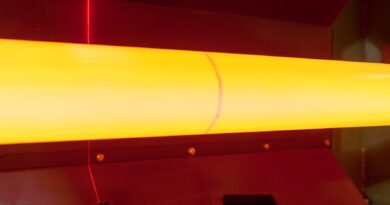Nornickel expects palladium and platinum shortage to widen this year
In its recent research report released last week, Nornickel, the world’s largest producer of palladium and high-grade nickel, said that it has revised the 2023 palladium market deficit from -0.2 Moz to -0.9 Moz.
The company added it has reviewed the secondary supply of palladium from +9% growth down to 15% fall, while slightly lower than expected primary production from North America will be offset by weaker electronics demand.
As for the platinum market, Nornickel expects it to flip into the fundamental deficit this year.
“The increase of primary supply, mainly attributed to resilience of South African mining companies to electricity disruptions, will not be enough to offset rising automotive and industrial demand for platinum, as well as lower recycling,” the authors of the report said.
Importantly, the company sees platinum market deficit of -0.4 Moz this year, comparing to its previous view of balanced market due to lower secondary supply.
As for 2024, Nornickel expects palladium deficit to narrow down to -0.4 Moz amid secondary supply recovery, while platinum market will be relatively unchanged at -0.3 Moz, as recycling volumes recovery will be offset by increase in industrial demand of glass and electronics sector.
However, Nornickel sees “significant” risk from the primary supply of South Africa and North America amid potential cost optimization at low margin projects.
Looking at the copper market, the company said it expects the refined copper market to be relatively balanced in both 2023 and 2024, as mine supply is expected to increase by 2% in 2023 and 3% in 2024 and refined production to rise by 4% in 2023 and 2% in 2024, while global copper demand to grow by 2% in 2023, followed by a rise to 3% in 2024.
However, Nornickel said that in the long term, there is a need for more new mining projects to prevent shortages of copper as demand rises due to advancements in transport electrification, the expansion of renewable energy, and the concurrent development of electricity grids.
As for the nickel market, Nornickel said it has revised the 2023 market surplus from over 200 kt Ni to more than 250 kt Ni, mostly in low-grade nickel.
“This is primarily attributed to a lower-than-expected nickel use in the battery sector due to the continuing destocking cycle in the EV supply chain, a greater share of non-nickel LFP batteries, and a partial shift from BEV to PHEV sales in China, even though EV deliveries are still hitting new record highs,” the company said. “Meanwhile, the launch of new Indonesian nickel capacities continued at a high pace.”
In 2024, Nornickel expects the nickel market to sustain a surplus of more than 190 kt Ni owing to the glut amassed in the low-grade market.
At the same time, according to the report, given the substantial increase in working stocks over the last years, the actual market surplus, i.e. excessive material available for immediate delivery, could be much smaller.




